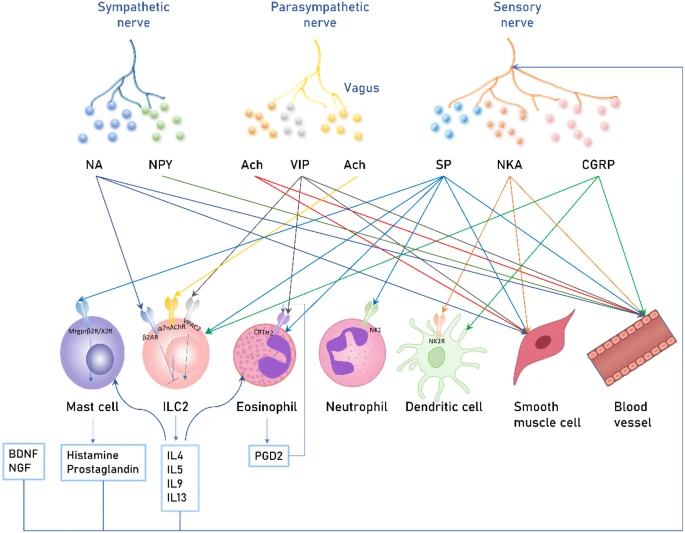Summary
Dogs and cats are the most common pets worldwide. In Italy, the prevalence of allergic sensitization to cats and dogs is 16% and 9% respectively. The limited standardization of allergenic extracts, especially for dogs, emphasizes the importance of Component Resolved Diagnosis (CRD) for accurate diagnosis and subsequent prescription of allergen immunotherapy (AIT).However, this low standardization is the main factor contributing to the unsatisfactory clinical efficacy of traditional AIT, AIT with modified allergens, and intralymphatic allergen-specific immunotherapy (ILAIT).









